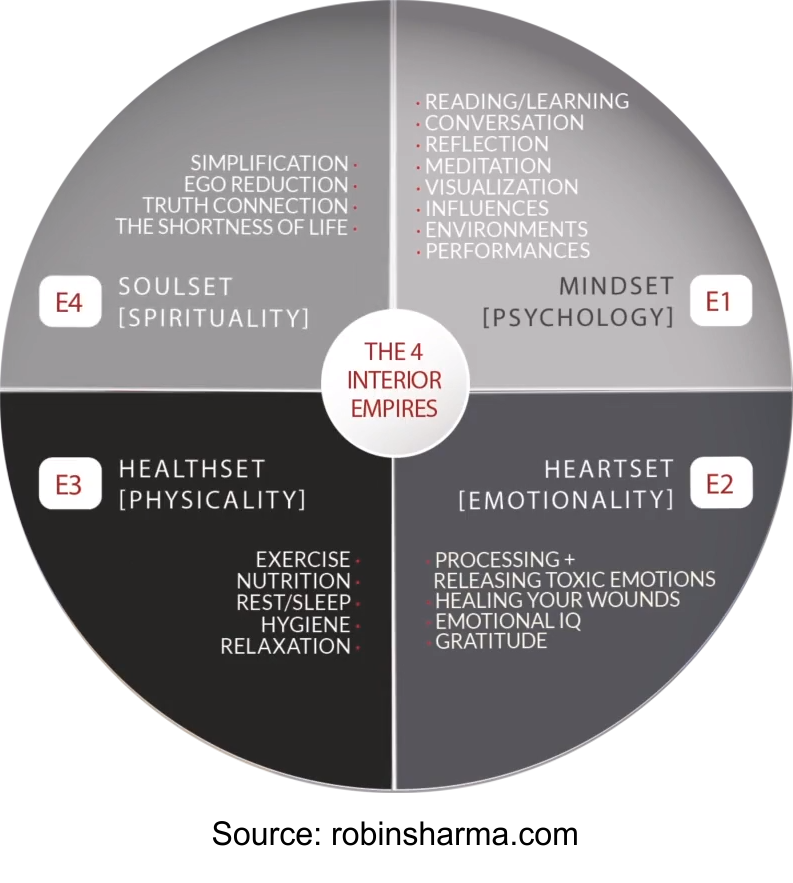

Later, the harmonium and various types of accordions were also used. Pelimanni music was generally played on the fiddle and clarinet. It came to Finland from Central Europe via Scandinavia, starting in the 17th century, and in the 19th century, it replaced the Kalevalaic tradition. Pelimanni music is the Finnish version of the Nordic folk dance music, and it is tonal. The Vantaa Chamber Choir is an example of a choir that sings such poems in modern arrangements. The songs were memorised, not written down, and performed by a soloist, or by a soloist and a chorus in antiphony (see: Kalevala). Making use of alliteration, this type of singing was used to tell stories about heroes like Väinämöinen, Lemminkäinen, and Kullervo. Its most important form is called runonlaulanta ("poem singing", or chanting) which is traditionally performed in a trochaic tetrametre using only the first five notes on a scale. There are two major traditions of folk music in Finland, namely, music of the Kalevala form, and Nordic folk music or pelimanni music ( North Germanic spelman, "player of music"). There is also a Schlager scene with bandstand dancing where the local variety of tango is also popular. In the field of classical and contemporary art music, Finland has produced a proportionally exceptional number of musicians and composers.Ĭontemporary popular music includes a renowned heavy metal scene like other Nordic countries, as well as a number of prominent rock and pop bands, jazz musicians, hip hop performers and makers of dance music. Finnish folk music has undergone a roots revival in the recent decades, and has also become a part of popular music. The Sami people of northern Finland have their own musical traditions, collectively Sami music. In the west of the country, more mainstream Nordic folk music traditions prevail. After publication of Kalevala, this type of singing started to gain more popularity again. Though folk songs of the old variety became progressively rarer in western Finland, they remained common in eastern parts of the country, mainly Karelia.


The folk music of Finland belongs to a broader musical tradition, that has been common amongst Balto-Finnic people, sung in the so-called Kalevala metre. The music of Finland can be roughly divided into categories of folk music, classical and contemporary art music, and contemporary popular music.


 0 kommentar(er)
0 kommentar(er)
